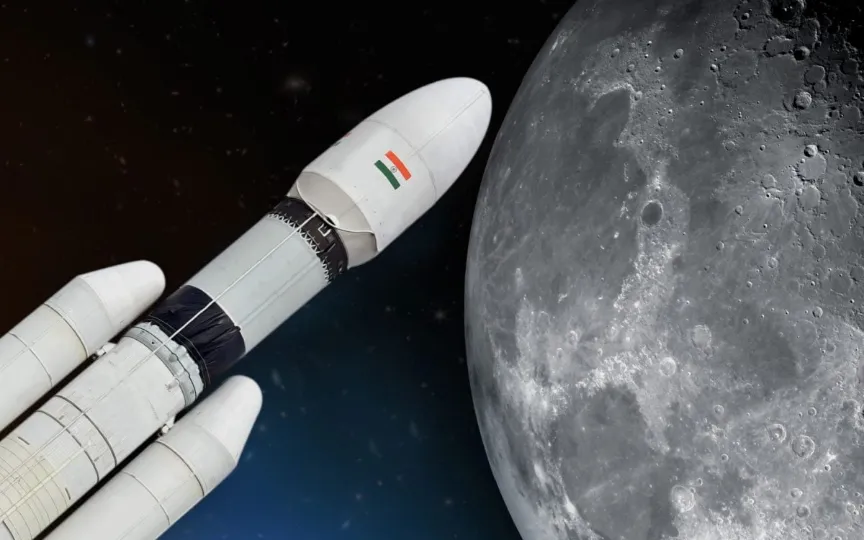Cost of India’s Chandrayaan-3 Mission Revealed
India’s Chandrayaan-3 mission marks a major milestone as ISRO aims to achieve a soft landing of the Vikram Lander module on the lunar surface today, August 23. If successful, India will officially become the fourth country – after the United States and the Soviet Union, and China, and notably the first country ever to land on the South Pole of the Moon.
Despite being ahead of most countries, ISRO has managed to complete the Chandrayaan-3 mission within a record budget of Rs 615 crore, or around $75 million.
In this article, we examine how the budget and scope of the Chandrayaan-3 mission compares to the budgets of other major lunar missions of similar scope, including previous missions by China, Russia, and India.
Comparison of the cost of Chandrayaan-2 and 1:
Chandrayaan-2, which is similar to Chandrayaan-3 in its goal of landing on the Moon, had a budget of Rs 978 crore — significantly more than Chandrayaan-3’s budget of Rs 615 crore.
In contrast, Chandrayaan-1, India’s first probe launched by ISRO in 2008, had an estimated budget of around 386 billion rupees.
Comparison with the cost of the Russian Luna25 mission:
Although there is no official announcement from the Russian government, the estimated budget of the Russian Luna25 mission that crash-landed on the surface of the Moon could have been around 1,000-1,600 crore rupees based on reports. This budget is significantly higher than the Rs 615 crore earmarked for Chandrayaan 3.
Comparison with China’s Chang’e 4 price:
In January 2019, China’s Chang’e 4 made a successful soft landing on the other side of the Moon, and its budget is said to be comparable to building about a kilometer of subway. The cost per kilometer of subway in China ranges from 500 million yuan (about $72 million) to 1.2 billion yuan (about $172 million).
Chandrayaan-3 final countdown
India’s Chandrayaan-3 mission was launched on July 14 by a Launch Vehicle Mark-III (LVM-3) rocket and began a 41-day journey to reach and land on the moon’s south pole. And today, August 23rd at 18:04, the Vikram Lander Module will try to successfully soft down to the surface of the South Pole of the Moon.




